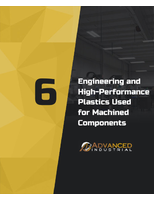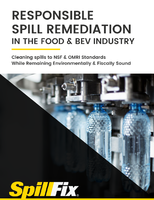ASTM Sensory Evaluation Standard will cover instrument test methods.
Press Release Summary:
Proposed standard ASTM WK29225, Guide for Design and Execution of Sensory-Instrumental Correlation Studies, will help consumer goods developers and manufacturers evaluate their products to ensure quality, consumer satisfaction, and marketing success. Specifically, this standard will assist in creation of instrument test methods likely to provide meaningful results and that can be correlated with valid sensory evaluation results.
Original Press Release:
Proposed New ASTM Sensory Evaluation Guide to Cover Instrument Test Methods
W. CONSHOHOCKEN, Pa.-A proposed new ASTM International standard will help consumer goods developers and manufacturers in the evaluation of their products to ensure product quality, consumer satisfaction and marketing success. The proposed standard, ASTM WK29225, Guide for Design and Execution of Sensory-Instrumental Correlation Studies, is being developed by a task group of Subcommittee E18.03 on Sensory Theory and Statistics, part of ASTM International Committee E18 on Sensory Evaluation.
The proposed new standard will assist users in creating instrument test methods that are most likely to provide meaningful results and can be well-correlated with valid sensory evaluation results.
"ASTM WK29225 will help establish quality control methods to help monitor changes and set pass/fail criteria for sensory properties of any product. The proposed standard will also convey the need to understand sensory properties of the product before the connection to instrumental results can be made," says Leonard Thibodeau, texture product manager, Brookfield Engineering Labs, and task group leader.
According to Thibodeau, the standard will be useful to suppliers and manufacturers of consumer products. Those in R&D and quality control should be the primary beneficiaries.
While members of E18 are mostly sensory evaluation professionals, Thibodeau would like membership in the instrument correlations task group to be more broadly based and include more instrumentation industry representatives and academic researchers.
ASTM International welcomes and encourages participation in the development of its standards. For more information on becoming an ASTM member, visit http://www.astm.org/JOIN.
ASTM International is one of the largest international standards development and delivery systems in the world. ASTM International meets the World Trade Organization (WTO) principles for the development of international standards: coherence, consensus, development dimension, effectiveness, impartiality, openness, relevance and transparency. ASTM standards are accepted and used in research and development, product testing, quality systems and commercial transactions.
ASTM Committee E18 Next Meeting: Oct. 25-27, in conjunction with the Society of Sensory Professionals, Napa, Calif.
Technical Contact: Leonard Thibodeau, Brookfield Engineering Labs, Middleboro, Mass.; l_thibodeau@brookfieldengineering.com




